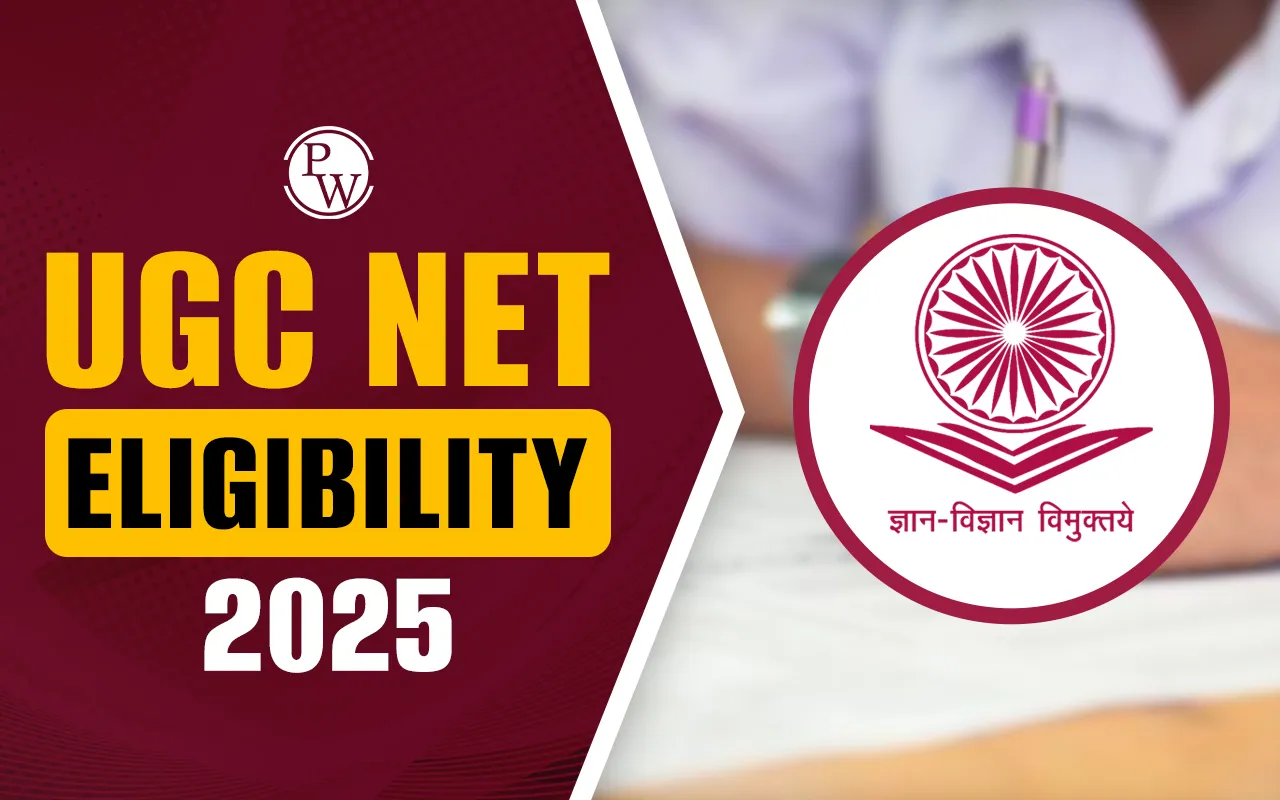

Modes of Entry into Foreign Markets: When a firm decides to enter a foreign market, it must choose the most suitable method. The choice depends on factors like investment capacity, risk tolerance, product type, and government policies.
There are basically live different strategies available for entry into a foreign market. They are exporting, licensing, joint venture, manufacturing and management contracts.
1. Exporting: A Low-Risk Approach to Entering Global Markets
Definition: Selling goods and services produced in one country to customers in another. Exporting involves selling domestically produced goods or services to foreign customers. It is the most basic form of international entry, commonly used to test foreign markets with minimal investment.
Types:
-
Direct Exporting: Selling directly to foreign buyers.
-
Indirect Exporting: Using intermediaries (like export houses or agents).
Advantages:
-
Low investment and risk
-
Fast way to enter a market
-
Useful for testing market response
Disadvantages:
-
Less control over marketing and customer experience
-
Trade barriers (tariffs, quotas) can increase cost
Example: Indian textile companies exporting garments to Europe.
2. Licensing: Monetizing Intellectual Property Abroad
Definition: Allowing a foreign firm to use intellectual property (like trademarks, patents, or technology) in exchange for a royalty or fee. Licensing allows a foreign company to use a firm’s intellectual property (e.g., patents, trademarks) in exchange for royalties or fees. This is ideal where direct export is tough due to regulatory or cost barriers.
Advantages:
-
Low cost and low risk
-
Ideal when direct export is difficult
-
Quick way to enter distant markets
Disadvantages:
-
Risk of losing intellectual property
-
Limited control over licensee's operations
Example: Coca-Cola licensing its bottling process to local partners in different countries.
3. Franchising: Brand Expansion with Local Operations
Definition: Granting rights to use a brand and business model in return for fees and royalties. Franchising, a variant of licensing, grants the right to use a brand and business model. It’s commonly used in sectors like fast food, education, and retail to ensure consistency across geographies.
Common In: Food chains, retail, education.
Example: McDonald's, Domino’s, Subway franchising globally.
4. Joint Venture (JV): Partnering for Mutual Market Benefits
Definition: Partnership between a domestic firm and a foreign firm to form a new business entity. A JV involves collaboration between a domestic and a foreign firm to create a new business entity. It’s especially helpful in markets with local restrictions or complex regulations.
Advantages:
-
Share costs, risks, and profits
-
Benefit from local partner’s market knowledge
-
Government may allow only JVs in some sectors
Disadvantages:
-
Risk of conflict between partners
-
Profit-sharing required
-
Loss of full control
Example: Maruti Suzuki – a JV between Maruti Udyog (India) and Suzuki Motor Corporation (Japan).
5. Wholly Owned Subsidiary: Full Control with Higher Risks
Definition: A foreign business unit entirely owned by the parent company. This mode involves establishing or acquiring a fully-owned foreign entity. Though expensive, it offers full control over operations, strategy, and profits.
Two ways:
-
Greenfield Investment – Start from scratch in the foreign country.
-
Acquisition – Buy an existing foreign firm.
Advantages:
-
Full control and profits
-
Strategic independence
Disadvantages:
-
High cost and risk
-
Cultural and regulatory challenges
Example: Honda setting up its own manufacturing plant in India.
6. Manufacturing Contracts: Outsourcing Global Production
Definition: Agreements where a firm contracts a local manufacturer in a foreign country to produce its goods. Here, firms contract local manufacturers in foreign countries to produce goods. This saves capital but may compromise on quality control and operational oversight.
Advantages:
-
Saves capital investment
-
Reduces operational responsibility
Disadvantages:
-
Less control over production quality
Example: Clothing brands outsourcing manufacturing to Bangladesh or Vietnam.
7. Turnkey Projects: Build-and-Transfer Solutions in Infrastructure
Definition: A company designs, builds, and hands over a fully operational plant/project to a foreign buyer. Companies take on the responsibility to construct and fully set up a facility, then hand it over to the foreign client once operational. Common in engineering and industrial sectors.
Common in: Engineering, construction, infrastructure.
Example: Indian engineering firms building oil refineries in the Middle East.
8. Management Contracts: Exporting Expertise, Not Ownership
Definition: An Agreement where a firm provides managerial know-how to operate a foreign business. Under management contracts, firms provide managerial skills and expertise to operate foreign businesses without investing capital. Ideal when the foreign firm lacks operational know-how.
Useful When: A Foreign company lacks expertise.
Example: Hotel chains like Marriott manage properties owned by other investors in different countries.
Table of various Modes of Entry into International Business with comparisons across investment, control, risk, and examples.
Modes of Entry into Foreign Markets FAQs
What is the simplest and least risky mode of entering international markets?
How is licensing different from franchising?
When should a company opt for a joint venture (JV)?
What is a wholly owned subsidiary and why is it considered high-risk?
In what scenarios are management contracts and turnkey projects used?













